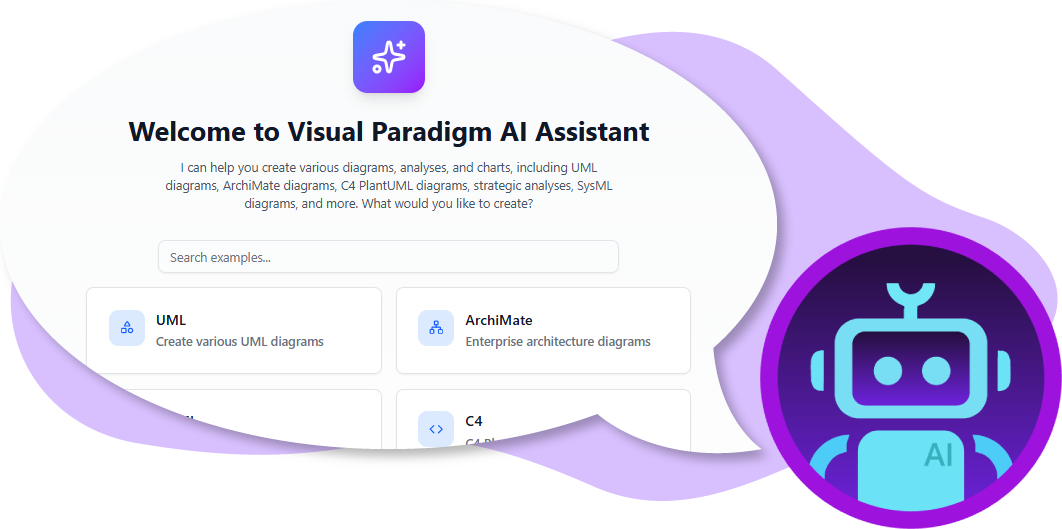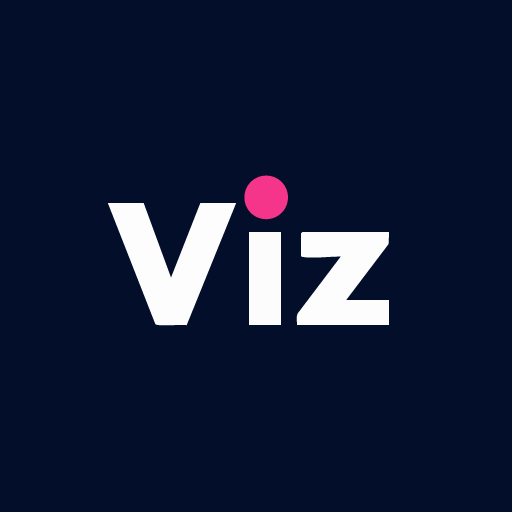Mapping Growth Vectors with Precision
The AI’s deep training allows it to interpret high-level business goals and map them directly into a visual, structured framework. It understands the underlying logic of each model, ensuring the relationships are correctly visualized and populated with relevant data points based on your prompts.
Strategic Framework Generation Examples:
- Ansoff Matrix: “We are a food delivery company exploring options. Generate an **Ansoff Matrix Analysis** for potential strategies, including launching in a new city and selling new ready-meal products.” (The AI visually plots strategies across Market Penetration, Product Development, Market Development, and Diversification.)
- McKinsey 7S: “Map the challenges of our recent merger using the **McKinsey 7S Model**, focusing on the misalignment between ‘Strategy’ and ‘Systems’ and ‘Staff’.” (A diagram visualizing the seven interdependent elements—Strategy, Structure, Systems, Shared Values, Skills, Style, Staff—and highlighting conflicting areas.)
- Blue Ocean Strategy: “Generate a **Blue Ocean Four Actions Analysis** for a company aiming to disrupt the budget airline market.” (A matrix structured around Eliminate, Reduce, Raise, and Create actions, populated with relevant market factors and competitive moves.)
The AI responds with the detailed, visual matrix, populated with suggested strategies, factors, and alignments based on your input. It instantly provides the rigorous structure needed to move the strategic conversation forward.

Dynamic Alignment and Iteration
Strategic alignment is a continuous process that requires constant tweaking. Strategy diagrams must be dynamic, and the AI supports this through conversational refinement.
- Real-time Alignment: Did the team decide to change the focus of the Soft S (‘Staff’) in the McKinsey 7S model? Use the **touch-up operations**: “Rename the ‘Leadership’ element in the Shared Values to ‘Empowerment Culture’ and change the relationship link to ‘Skills’ from dashed to solid.” The AI instantly revises the entire model, keeping your strategic visualization synchronized with the live discussion.
- Deepening the Analysis: The AI ensures you don’t miss critical elements by suggesting **follow-up questions**. After generating an Ansoff Matrix, it might ask, “What are the key risks associated with the ‘Market Development’ quadrant, and how can we visually represent them?” or “What is the financial priority of the ‘Diversification’ strategy?” This encourages deeper critical thinking.
Linking Strategy to Implementation
The most critical step is connecting the what (the strategic framework) to the how (the architecture and execution). The AI’s versatility makes this connection seamless.
- Instant Documentation: Use the AI to **generate a detailed report** on your PESTLE or SOAR Analysis for easy inclusion in board reports and investor presentations. You can ask for the output to be formatted for a specific audience.
- Architectural Traceability: Use the same chat session to transition from a high-level strategic framework to a technical diagram, like an **ArchiMate Motivation Viewpoint**, ensuring that the IT landscape is perfectly aligned with the strategic direction visualized in the chat.
- Shareable Context: The full history of the strategic analysis, including all refinement and touch-up prompts, is saved and **shareable via URL**, providing an auditable record of the strategic rationale that drove the final decision.
By automating the construction and maintenance of complex strategy models, the Visual Paradigm AI chatbot moves strategy from passive documents to active, collaborative visualizations that integrate directly into the execution phase.
Master your strategic planning today at chat.visual-paradigm.com.
